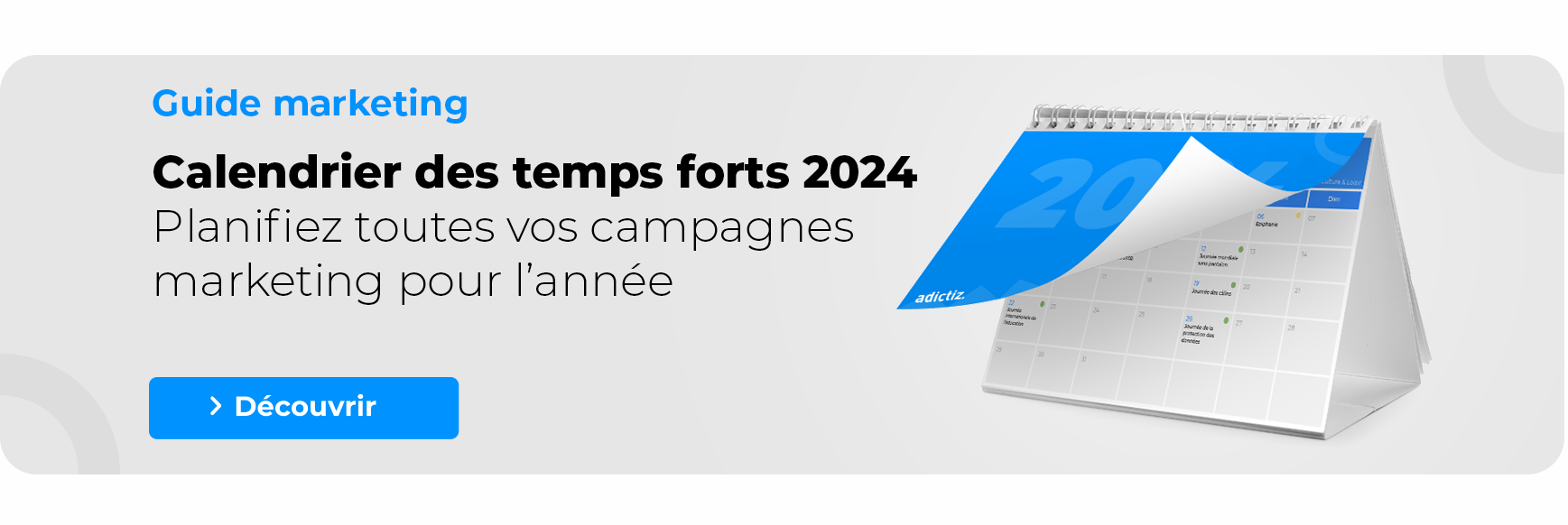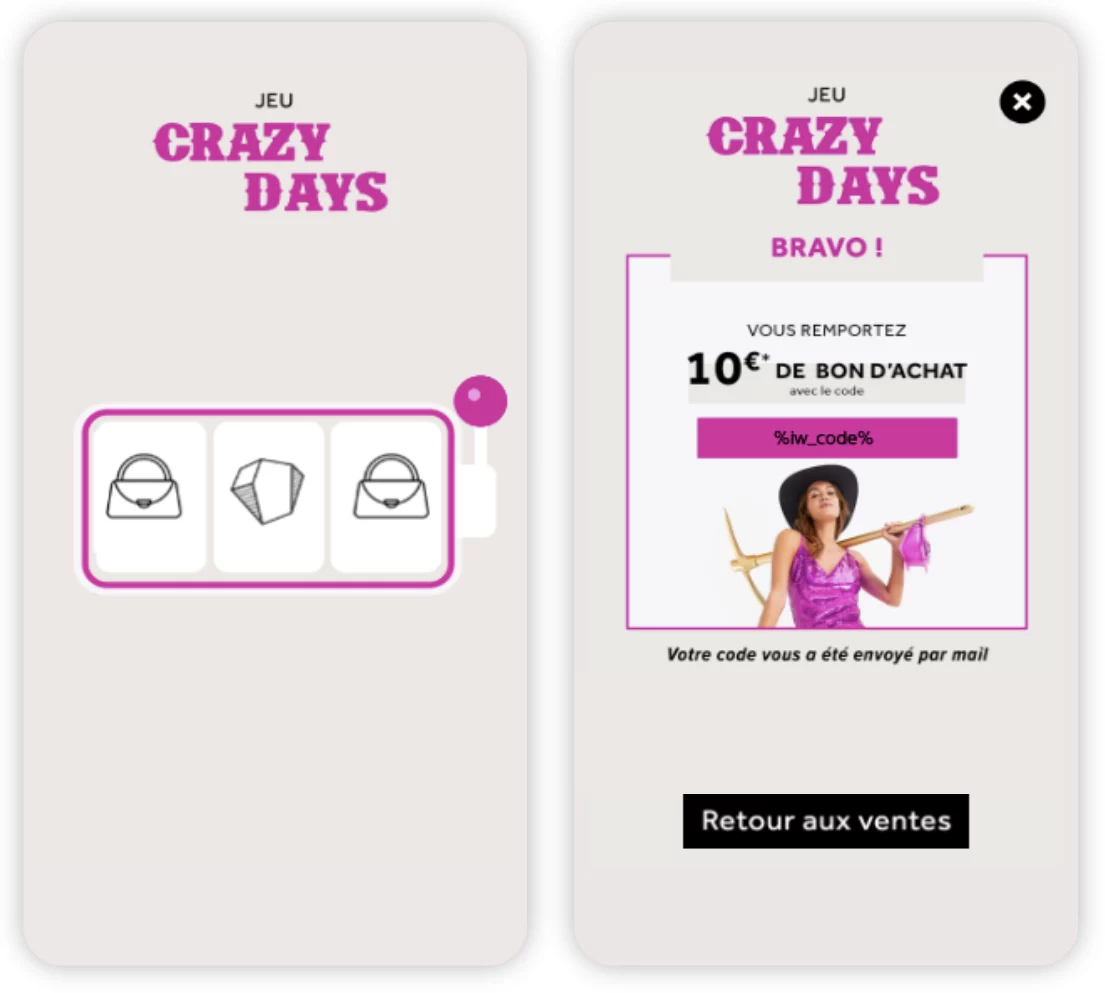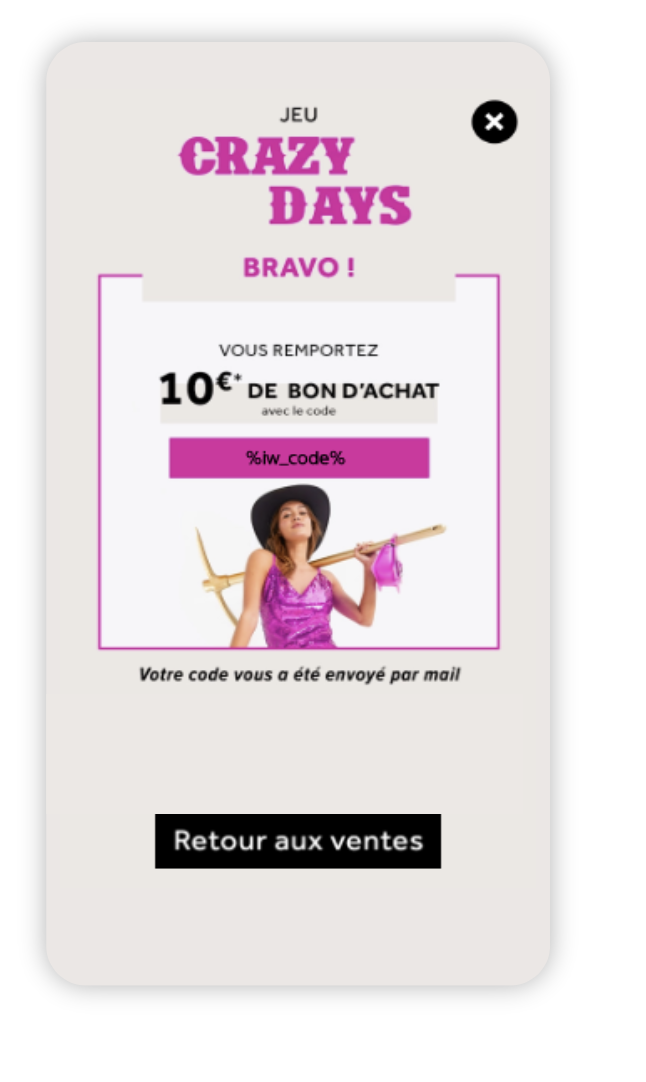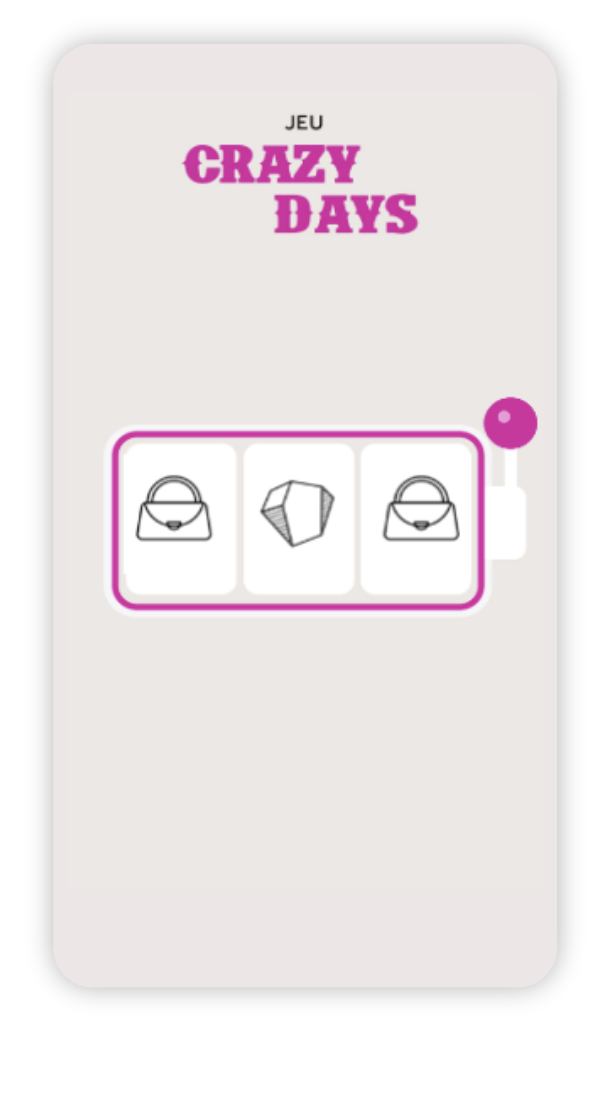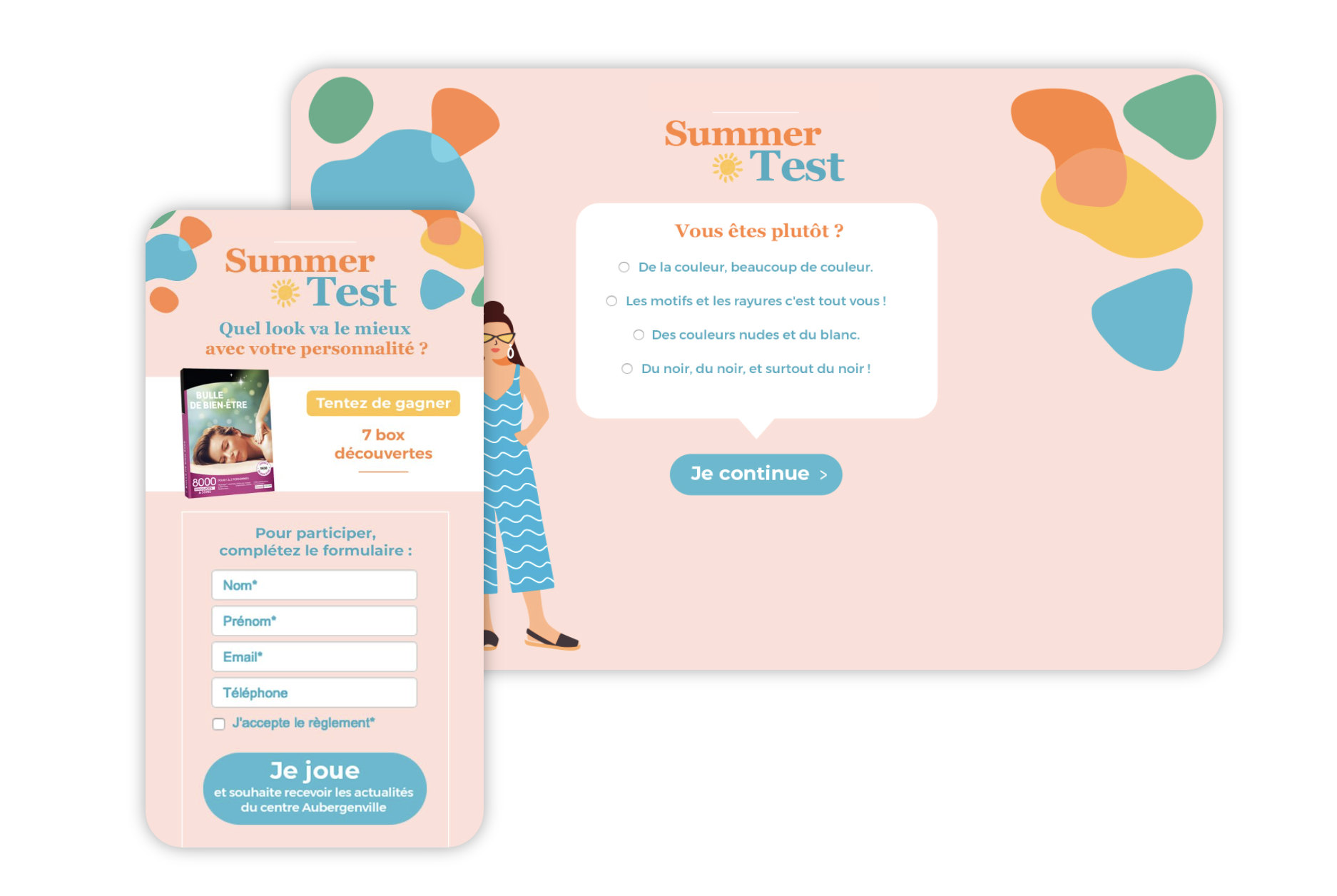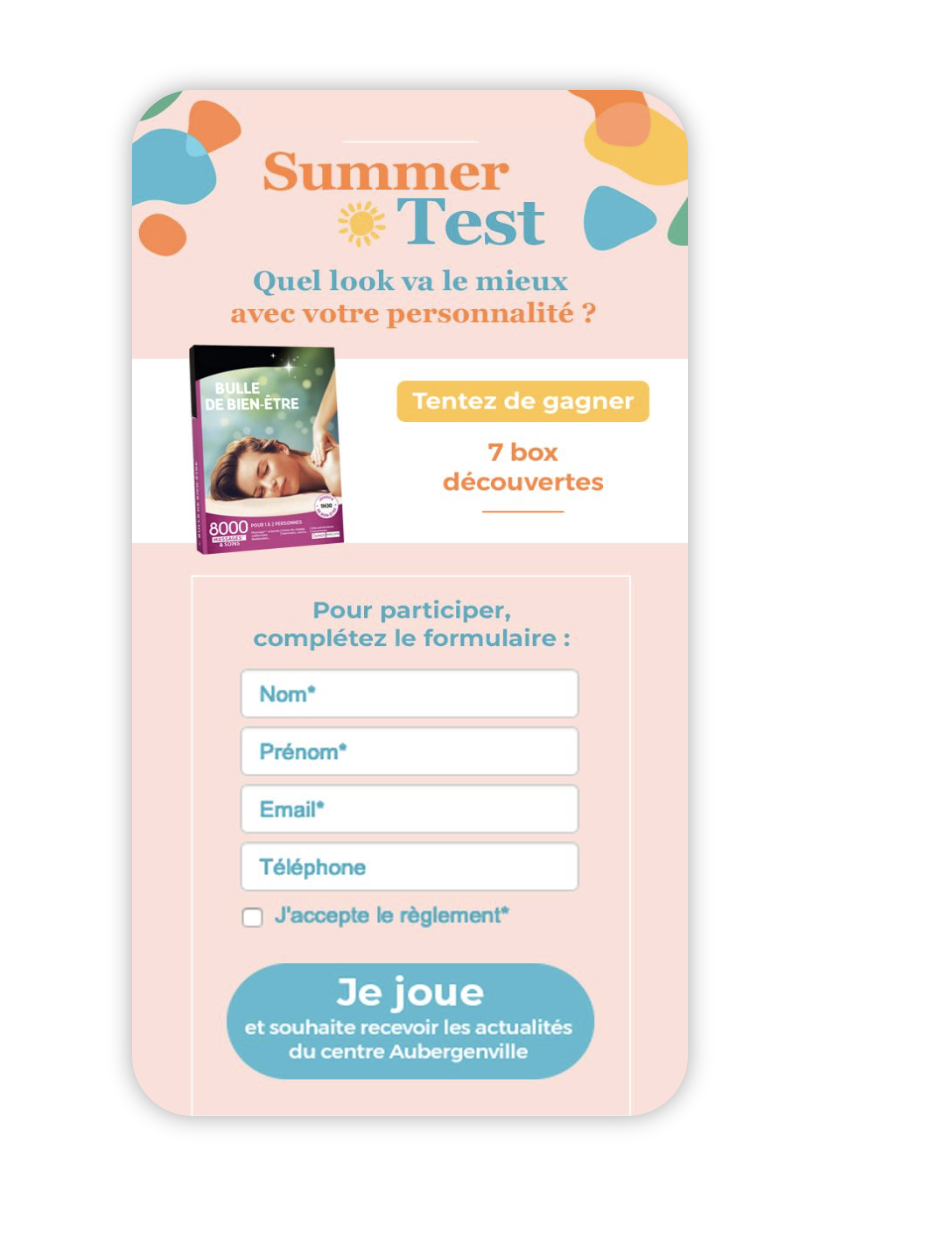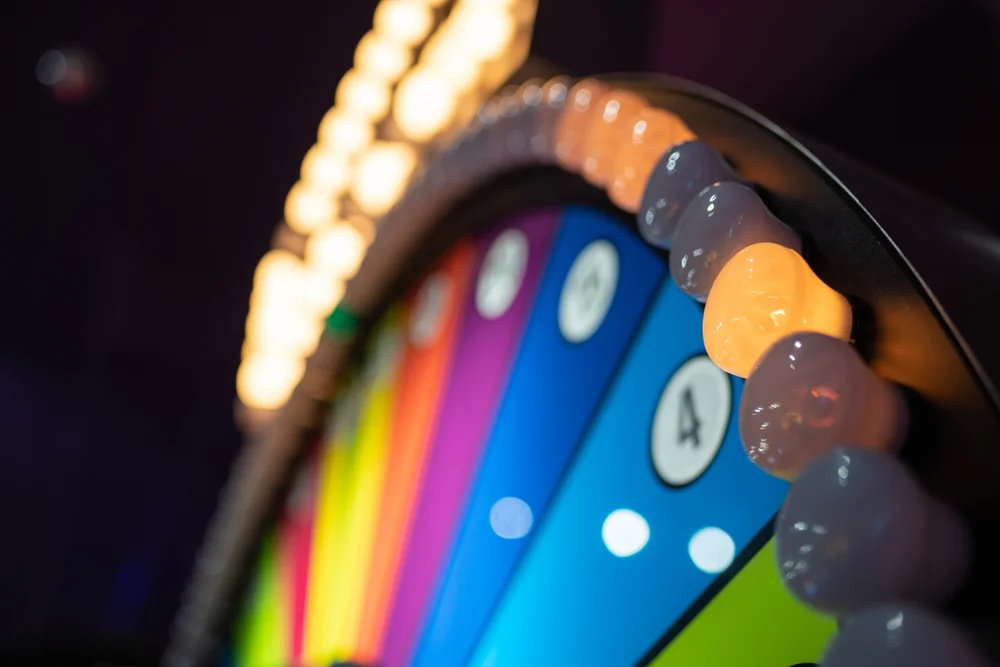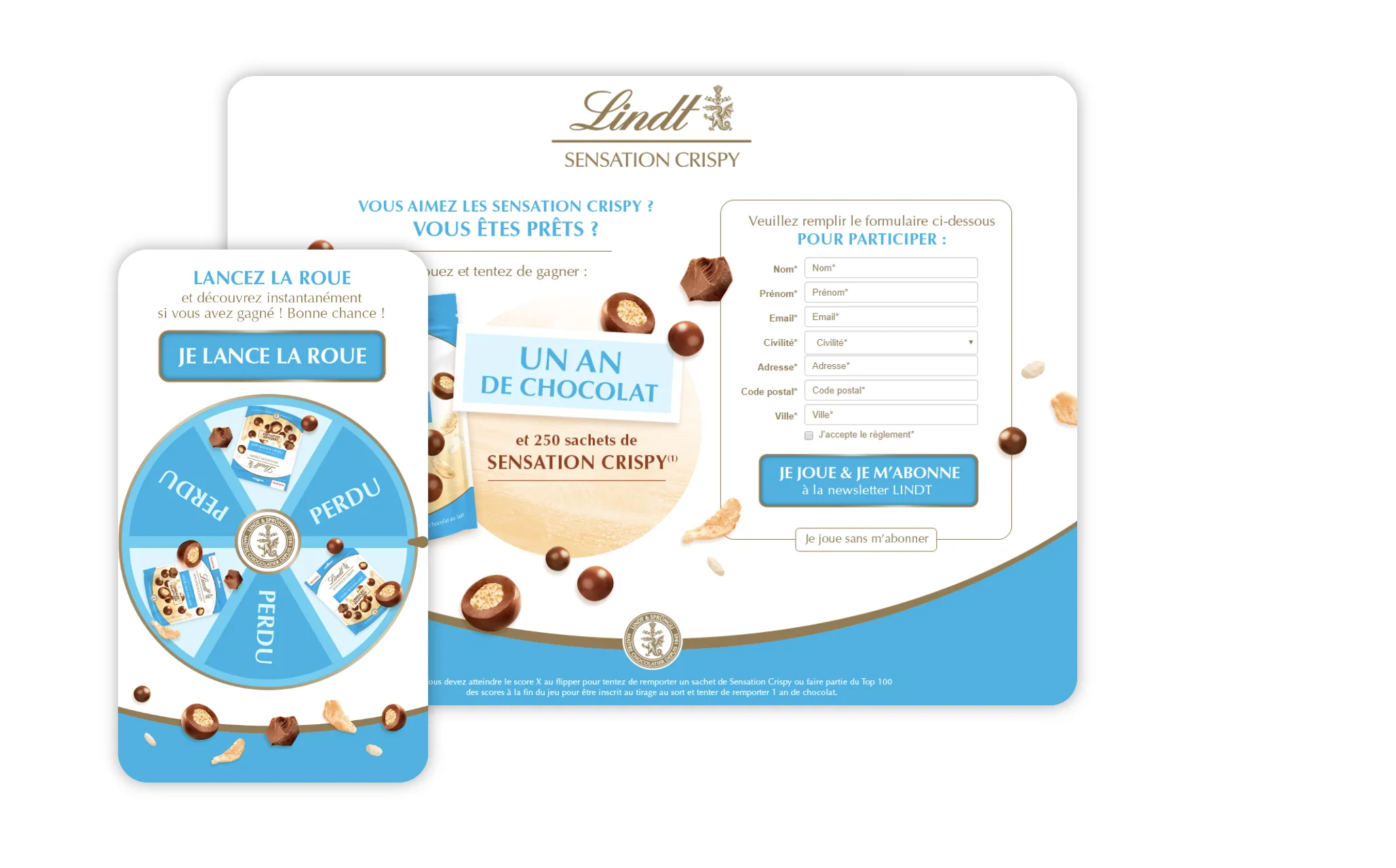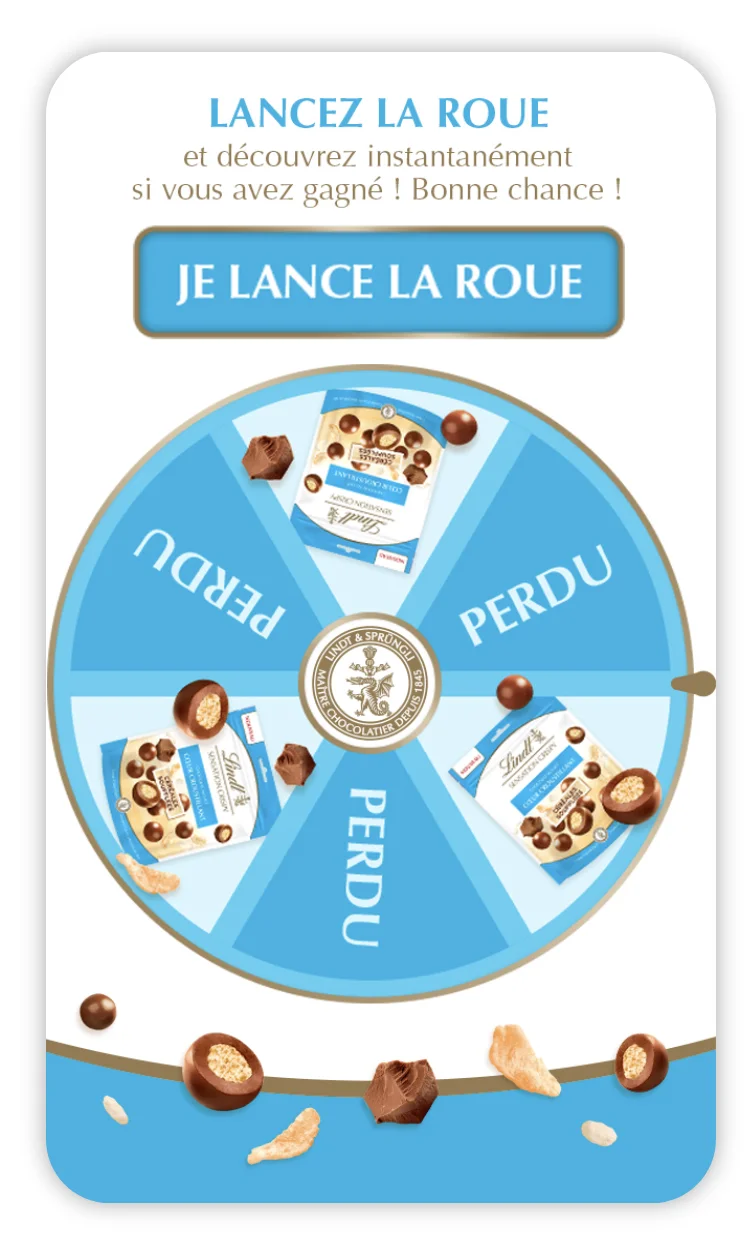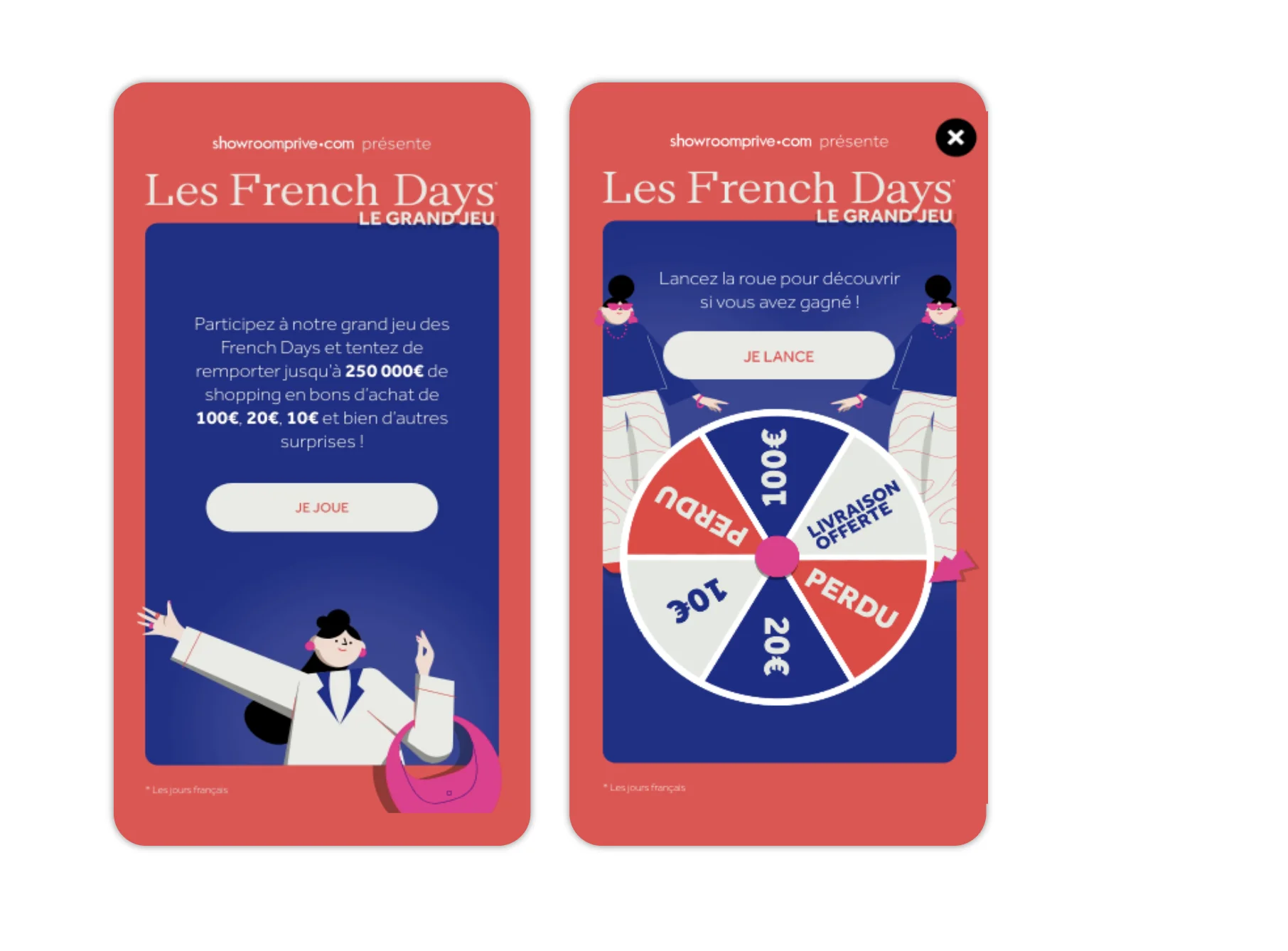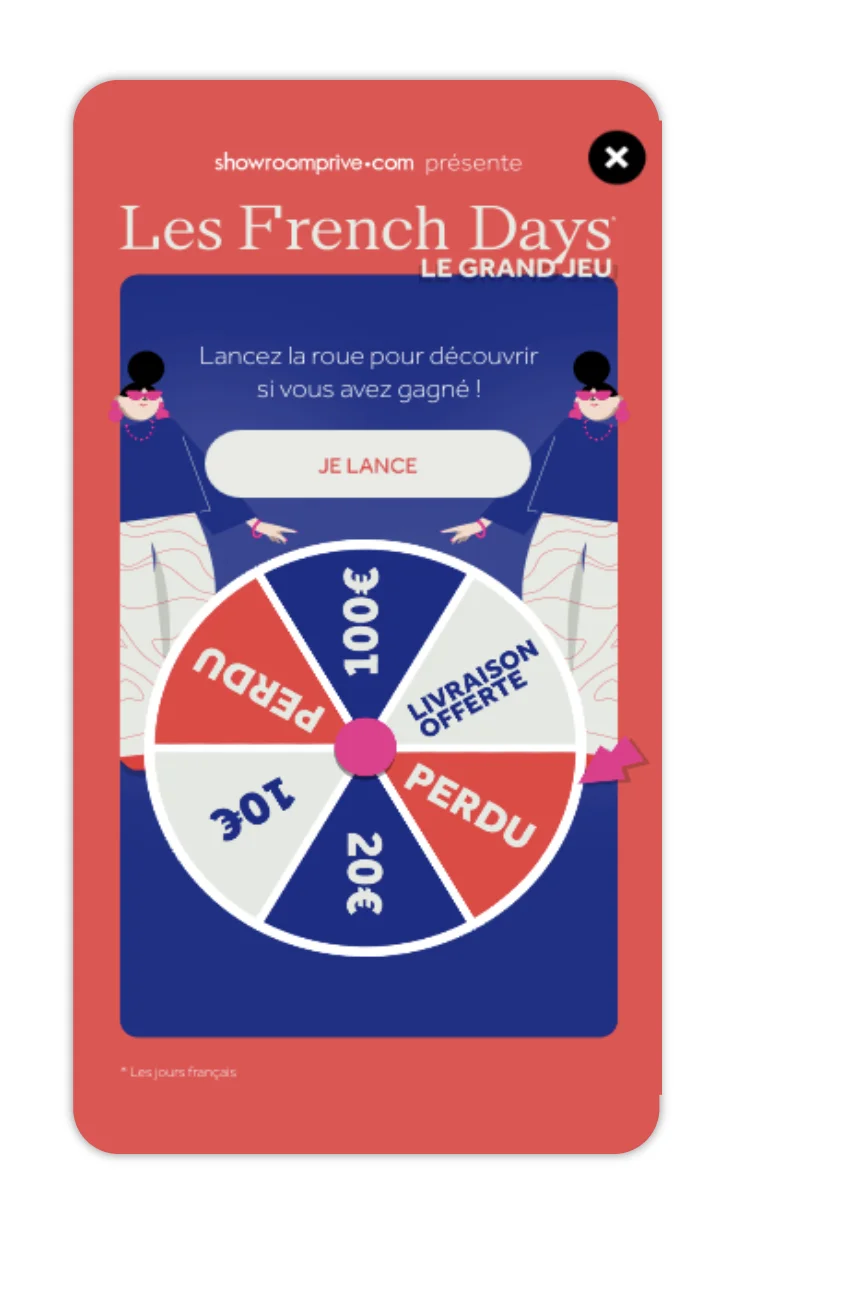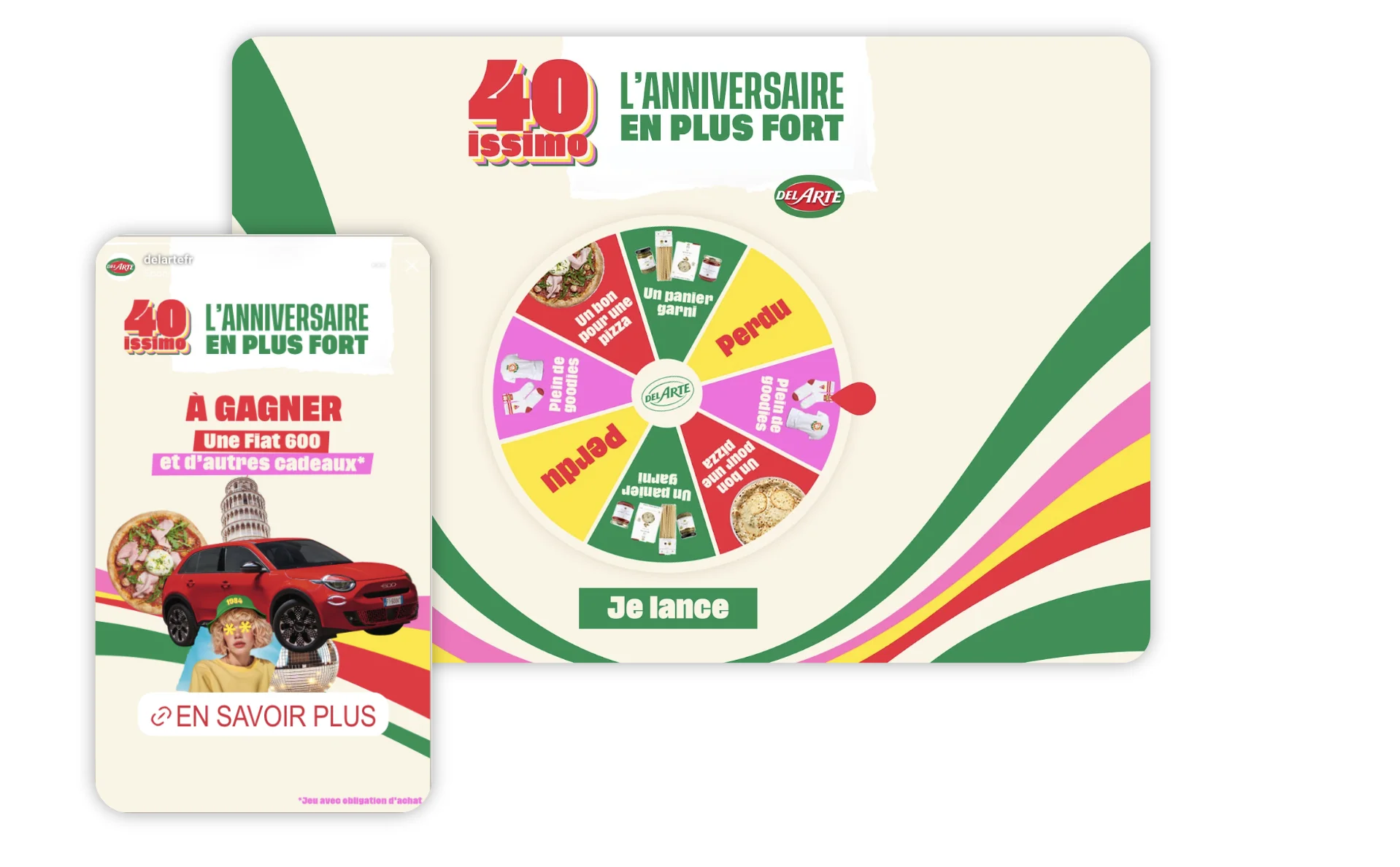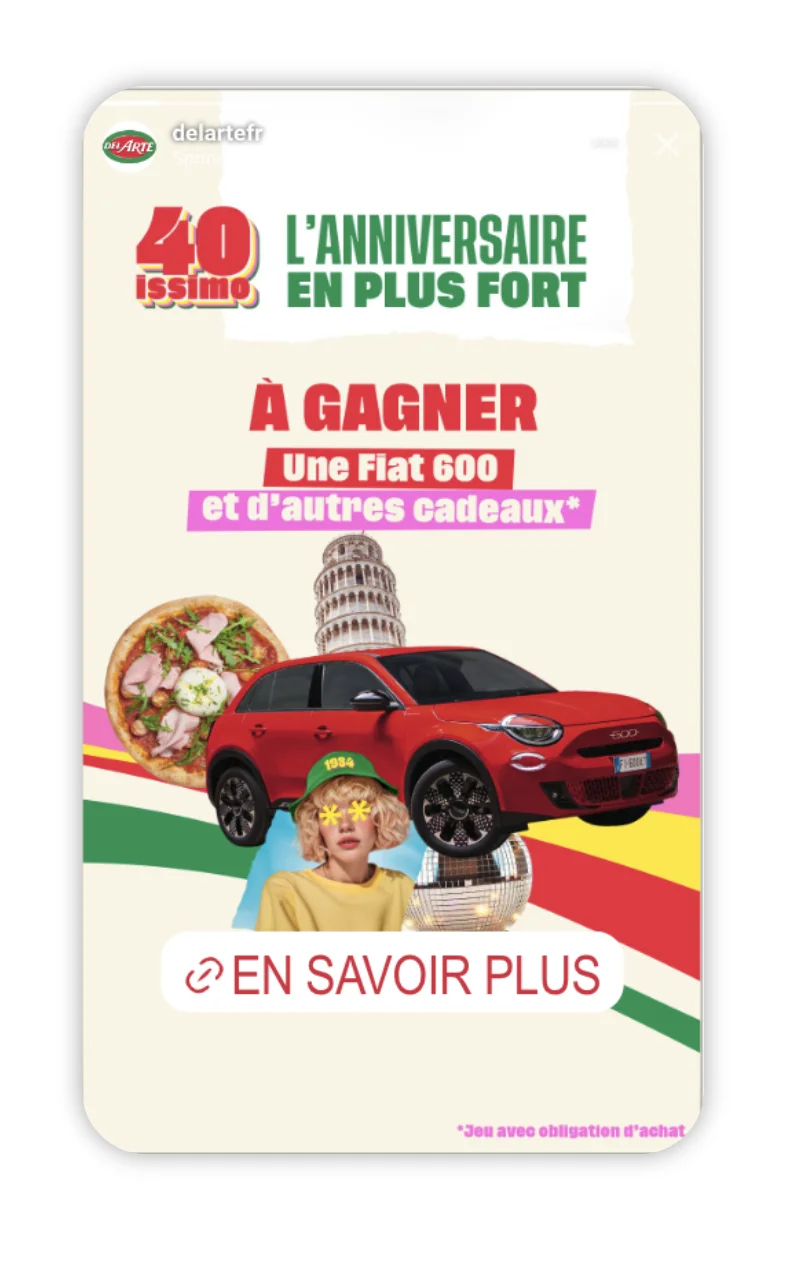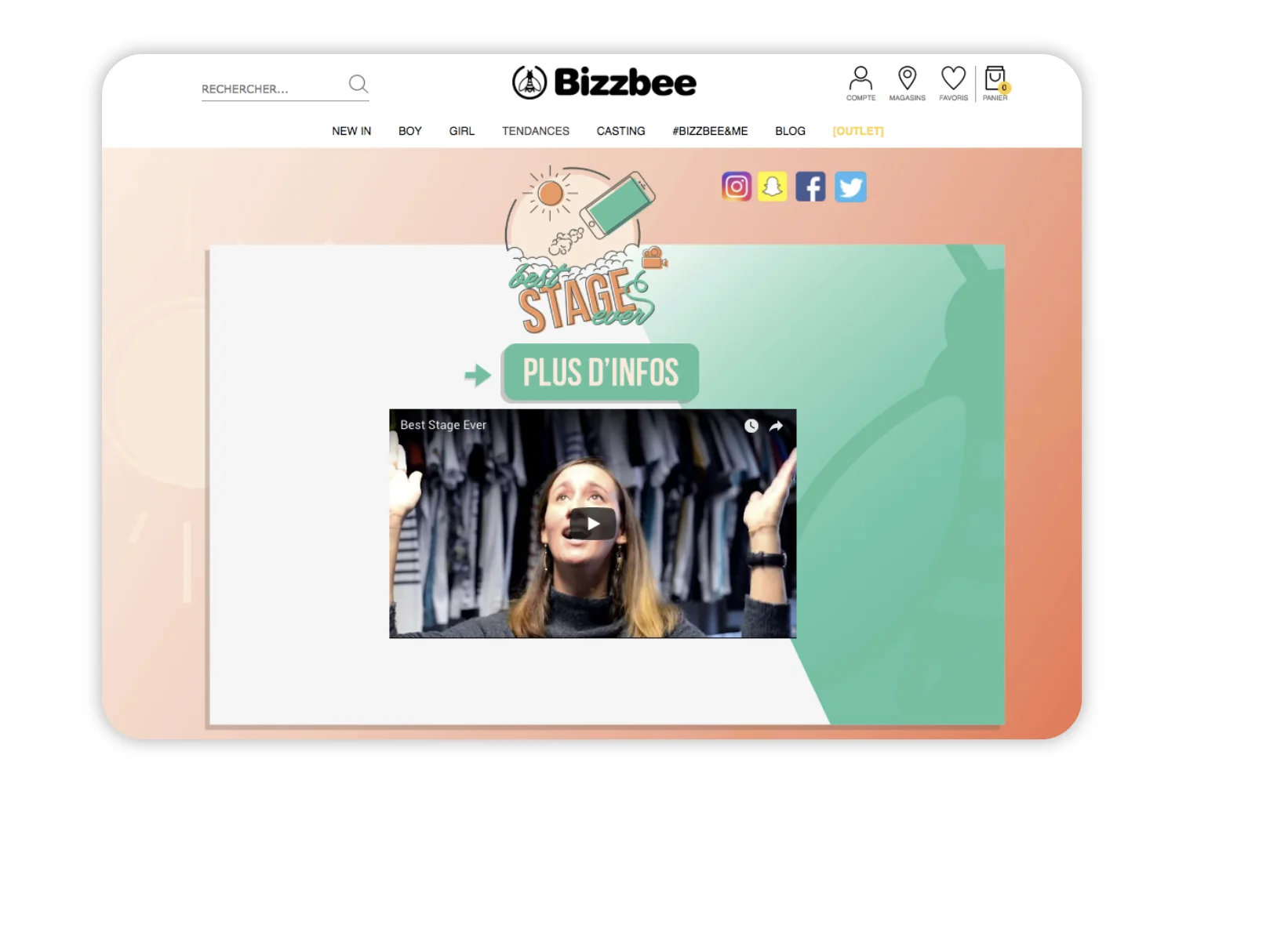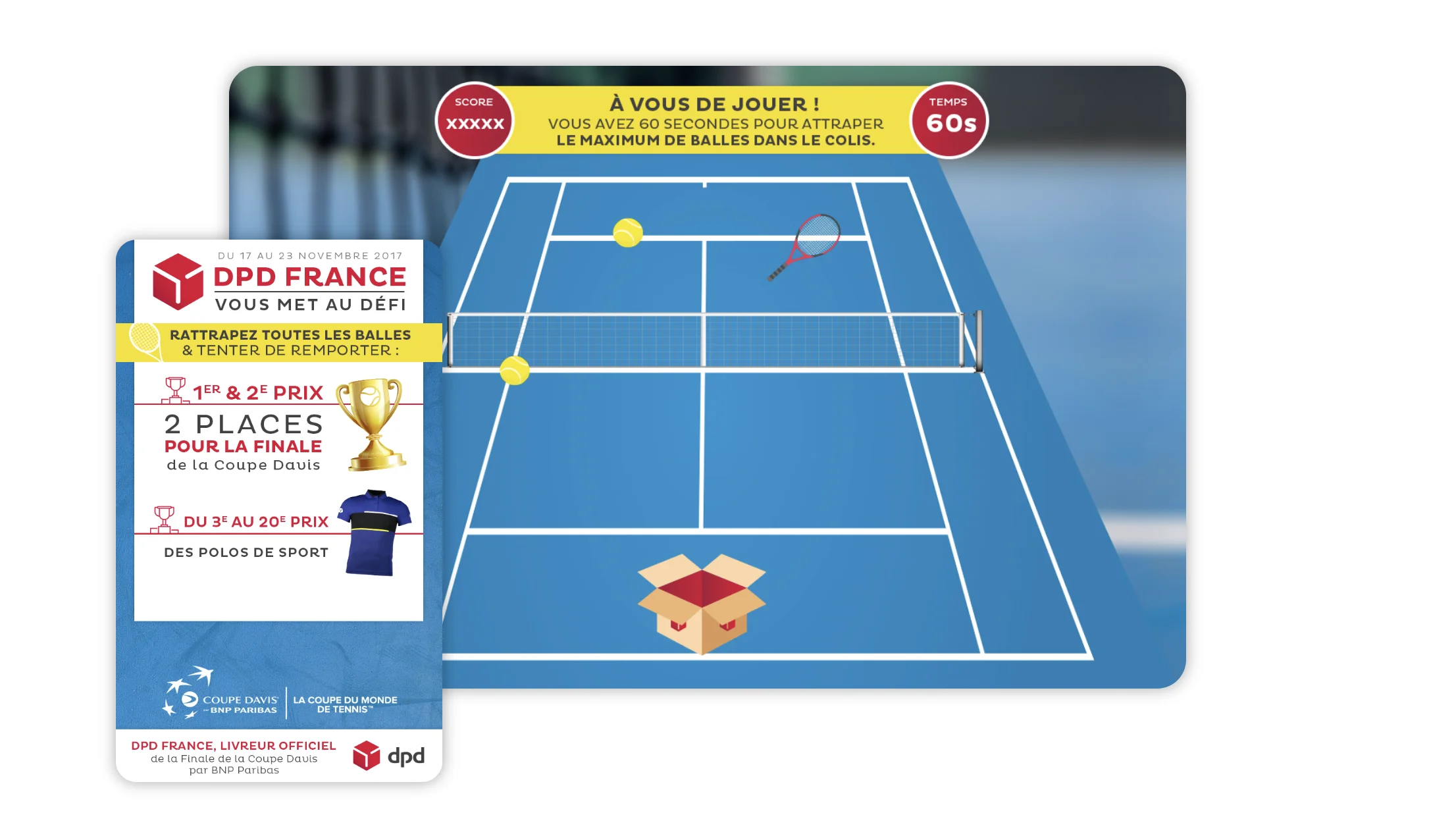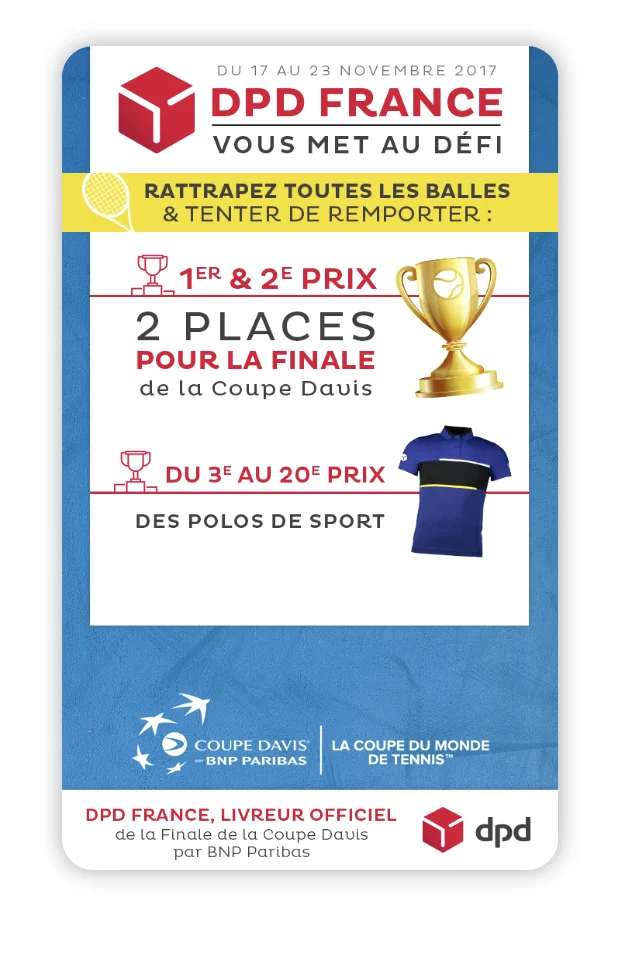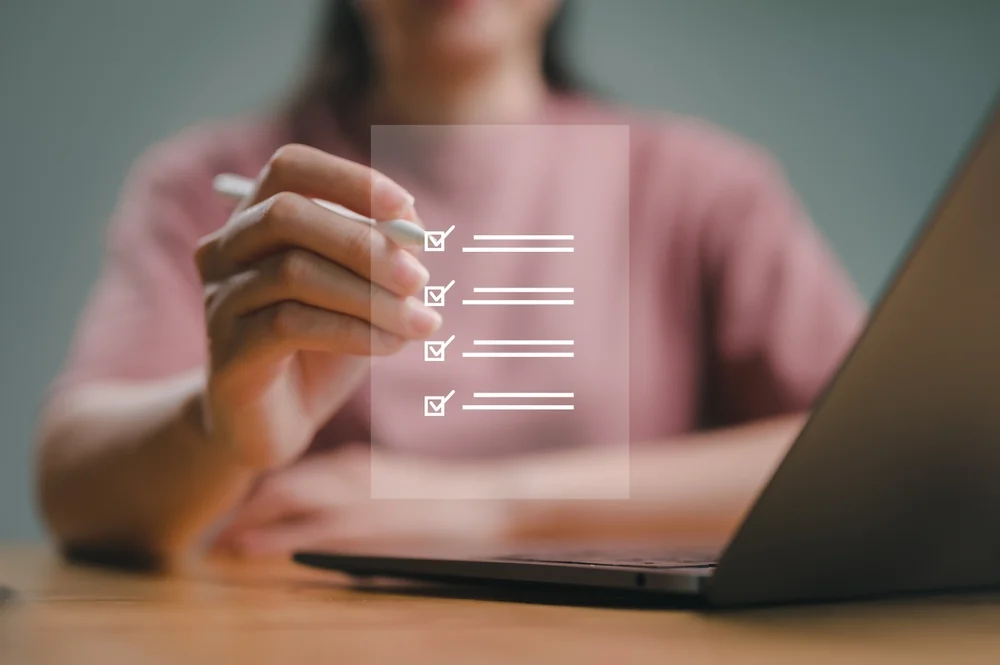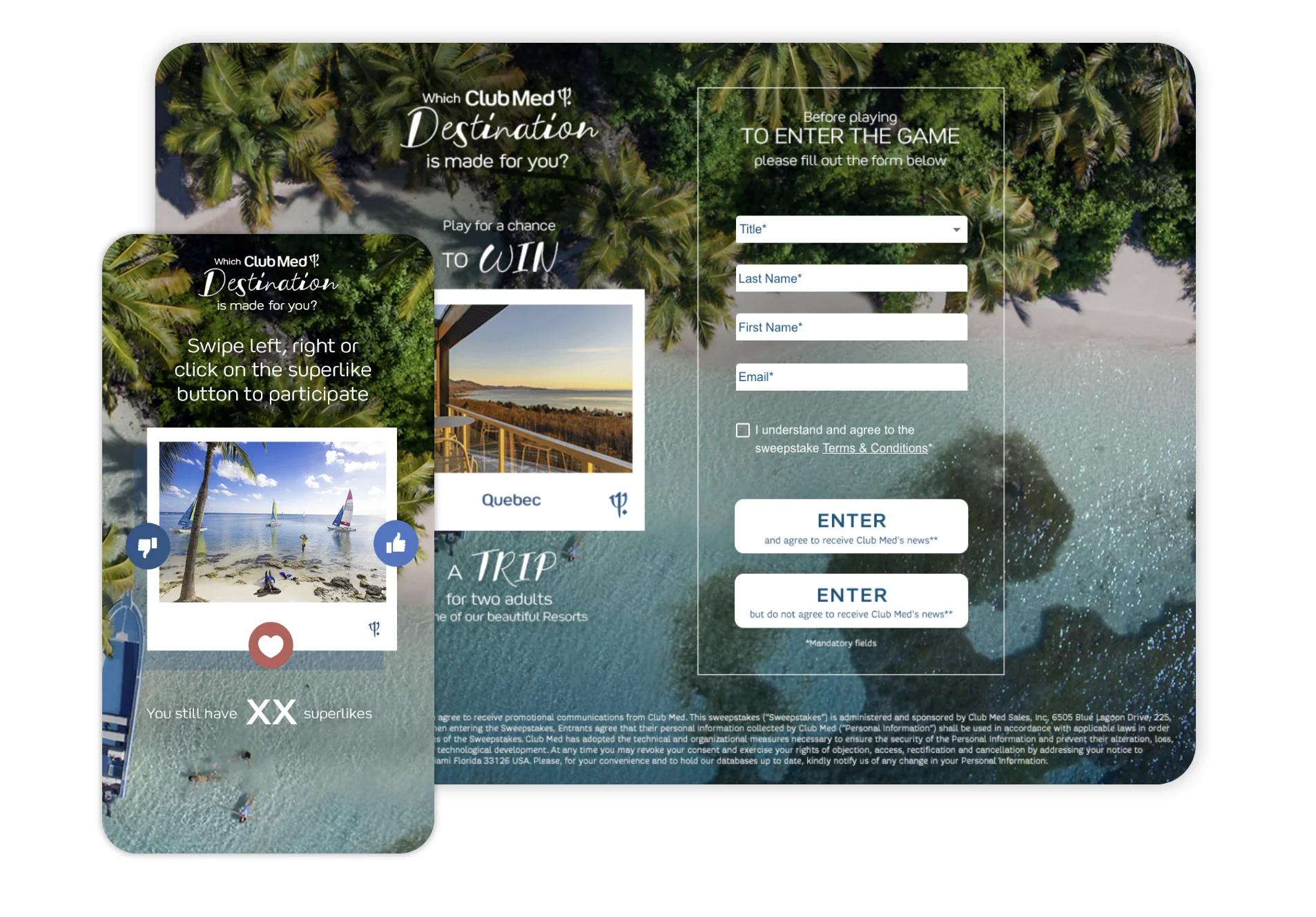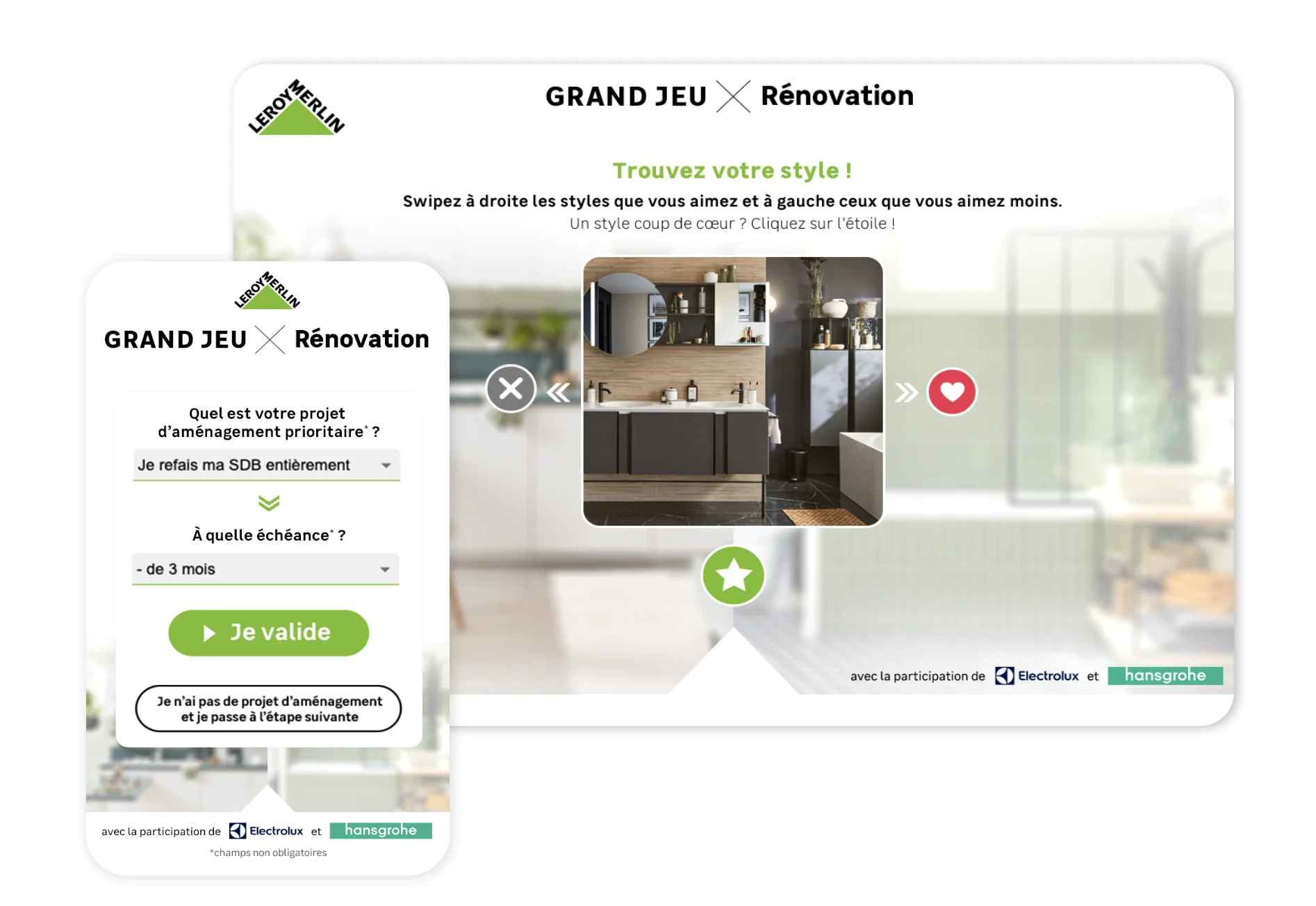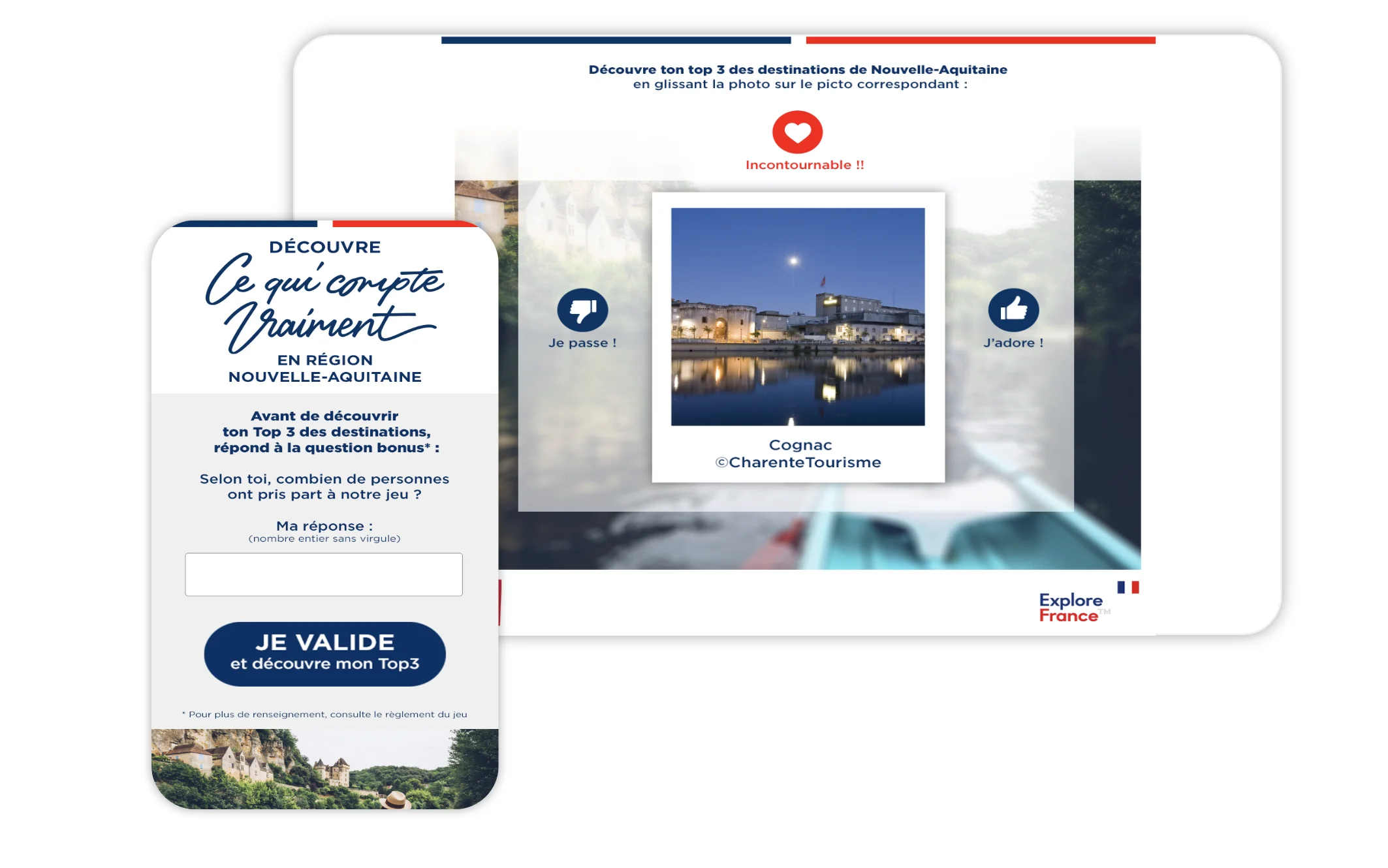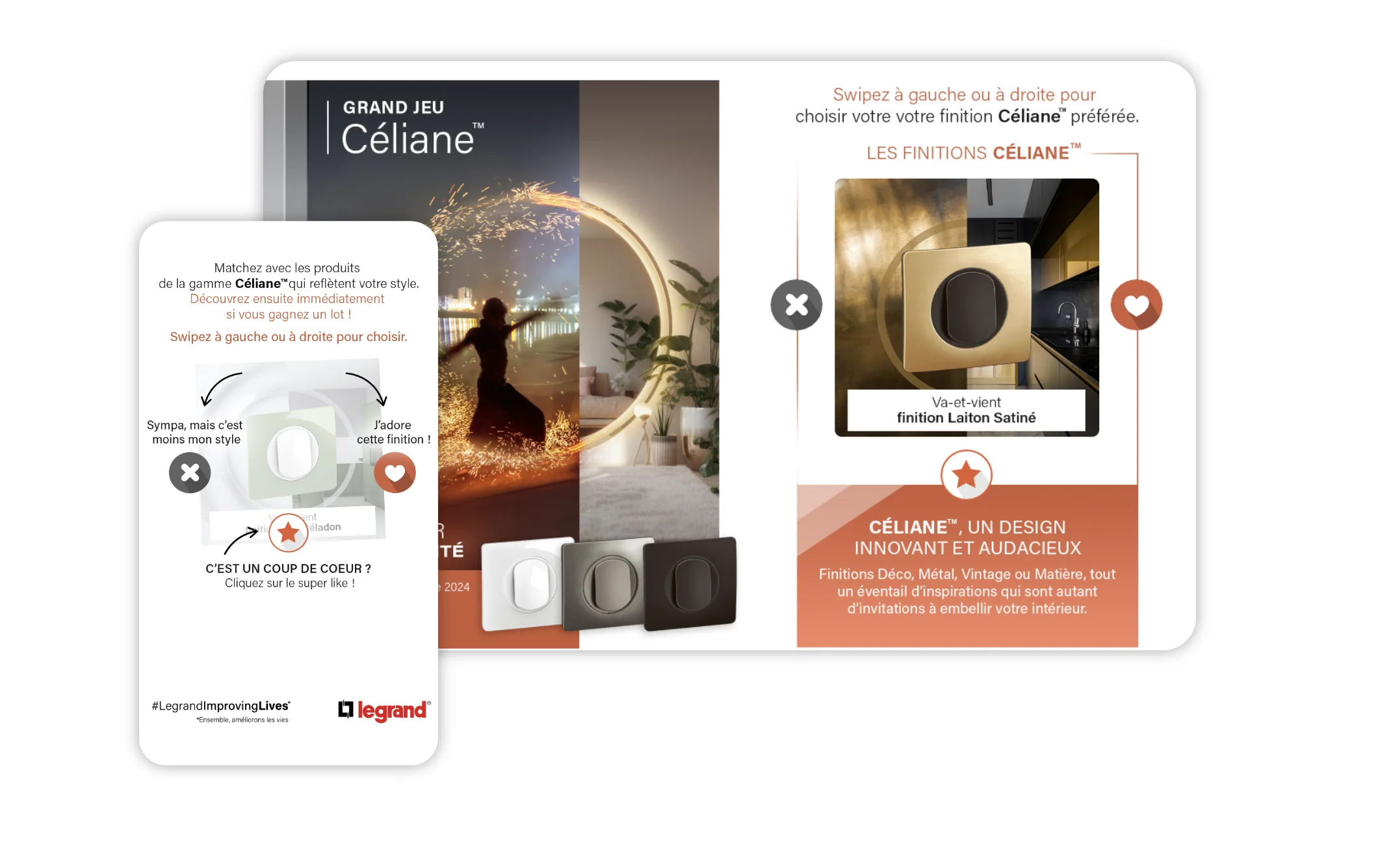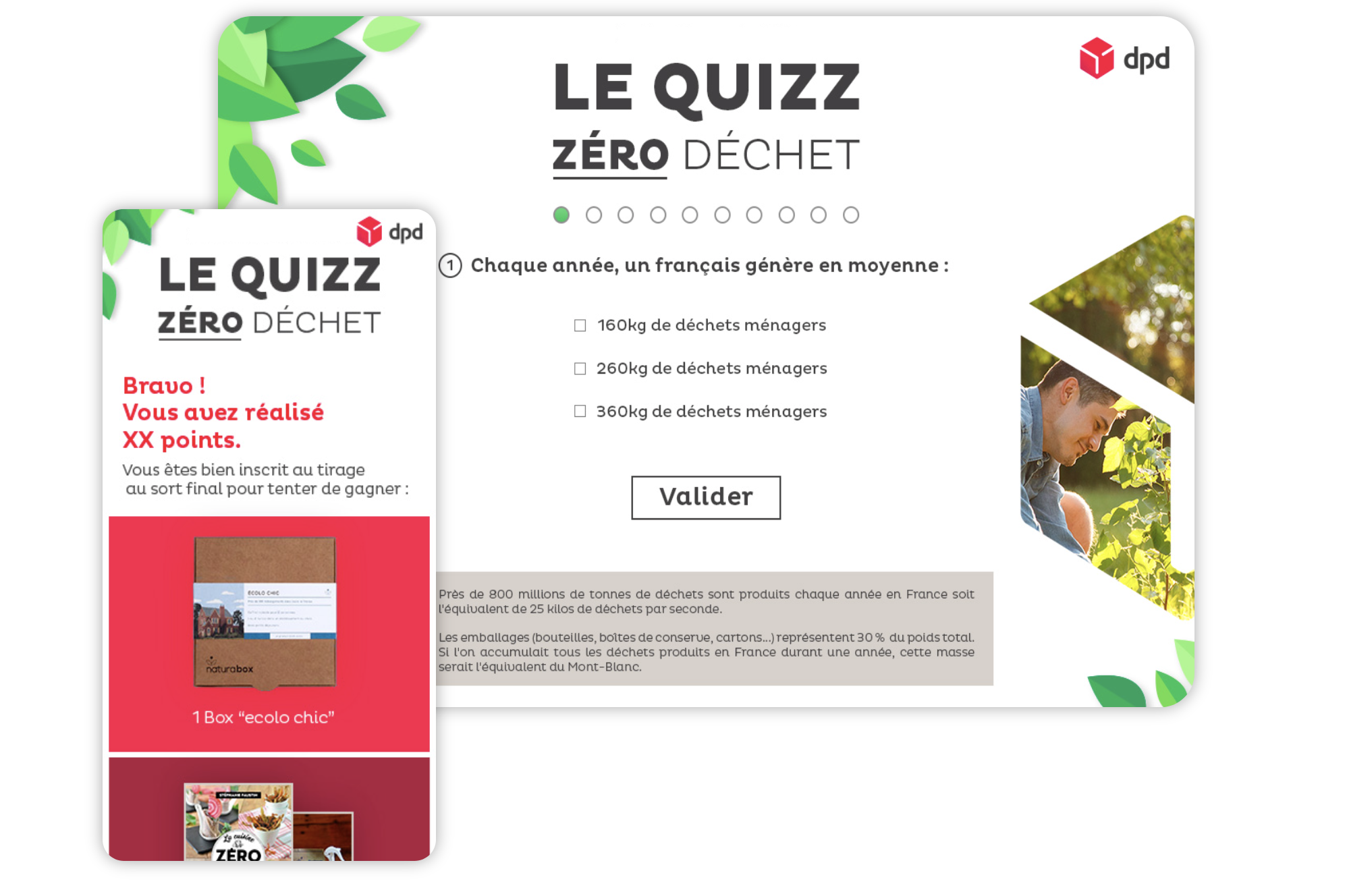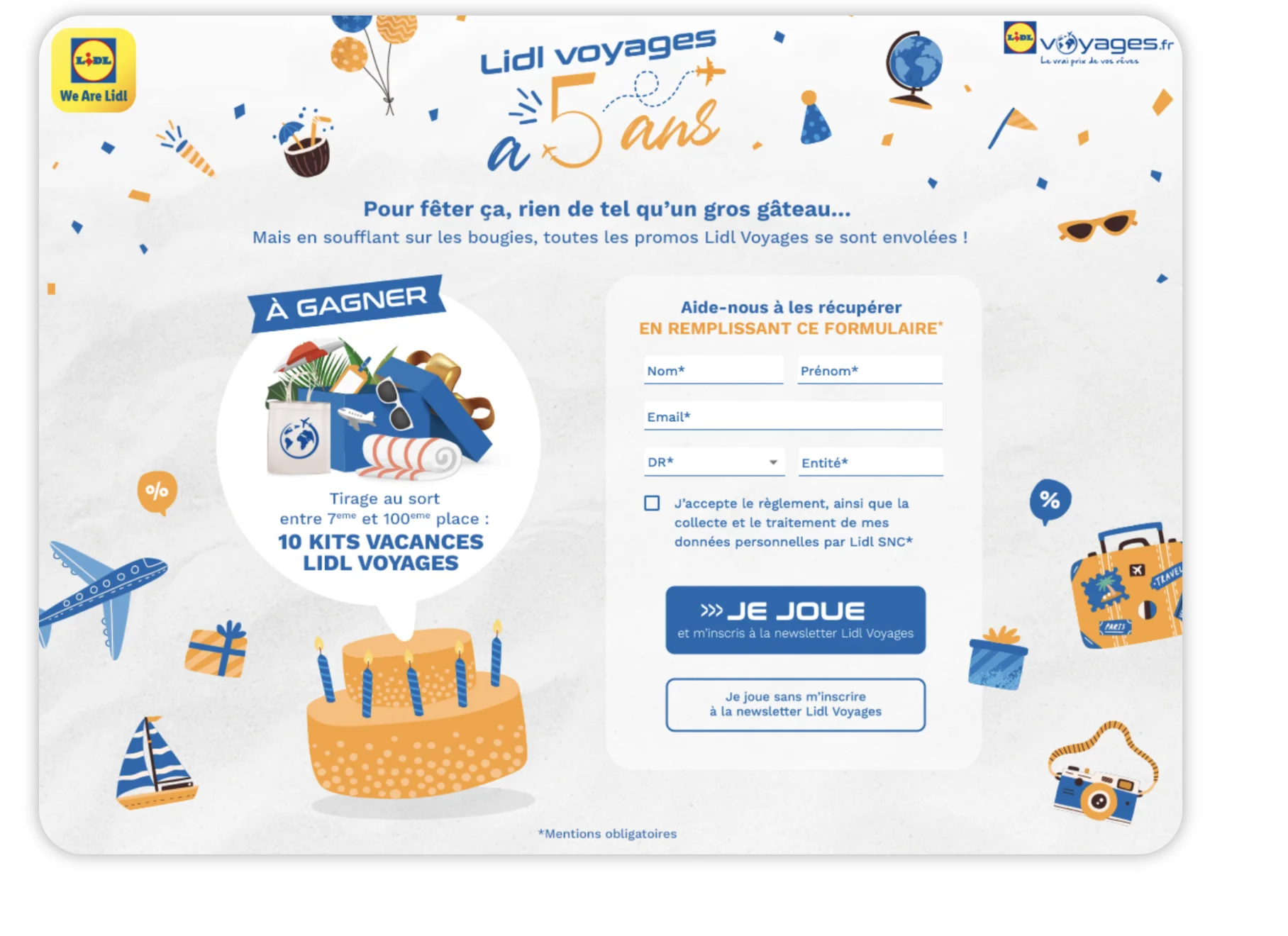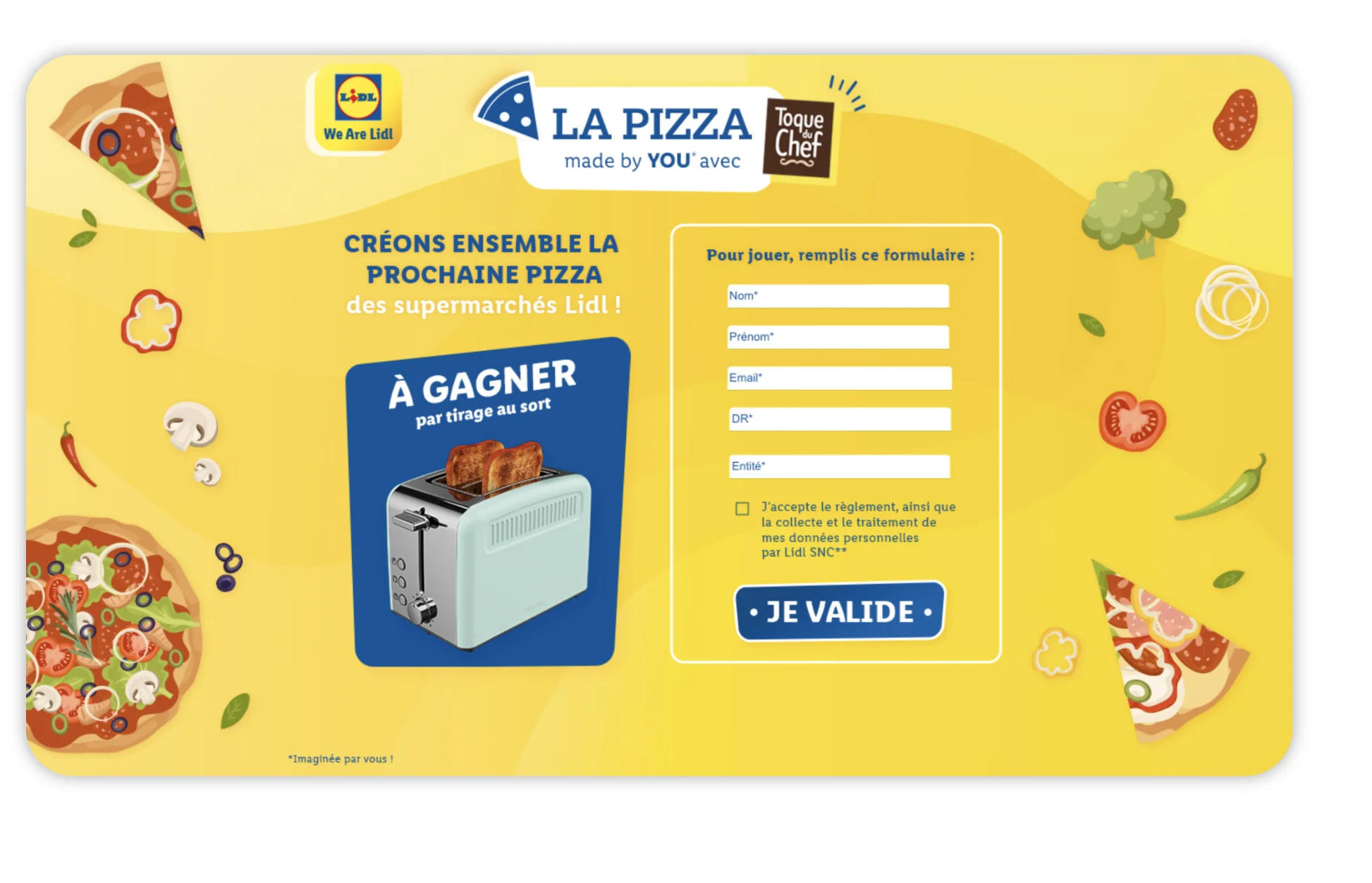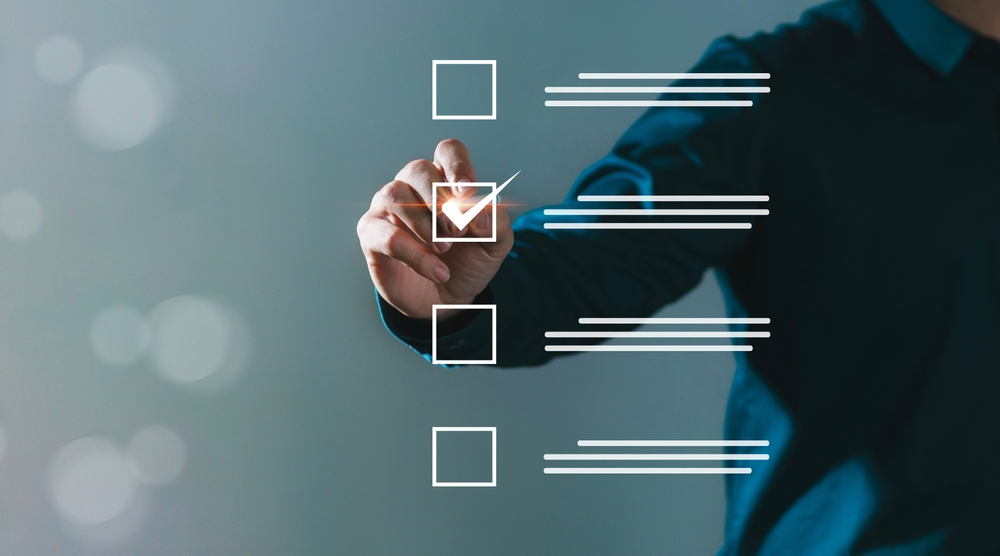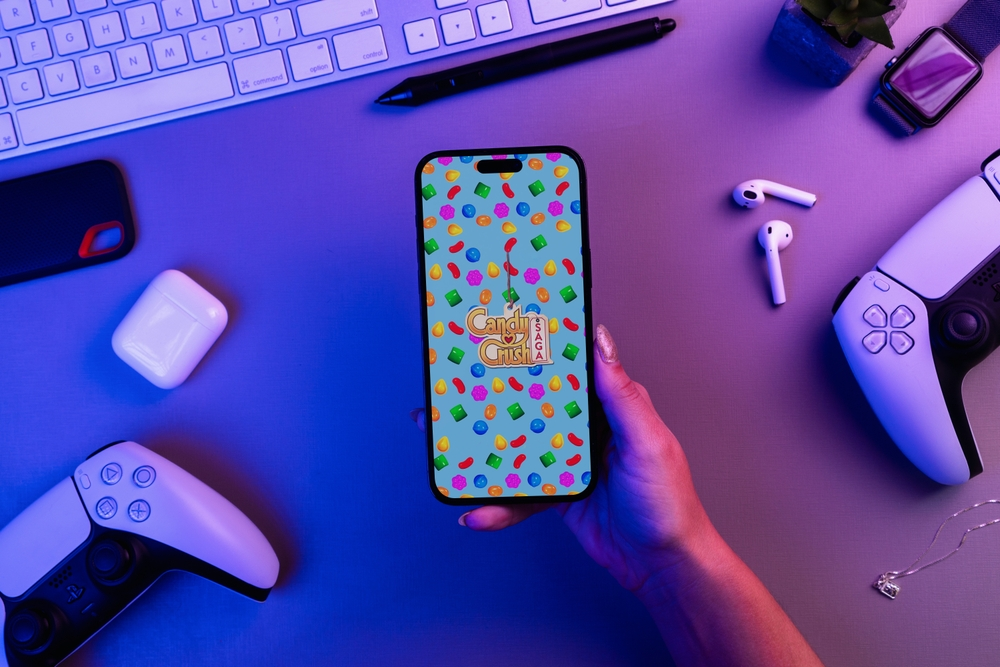
Using marketing games effectively to promote a product
Product promotion is a key strategy for your brand’s sales and marketing challenges. It accompanies the product throughout its development from the moment it is created and involves all your communication channels. Marketing games are an excellent advertising medium for promoting a product. Find out how to use marketing games effectively at every stage of your product’s sales cycle.
SUMMARY
The teasing game to announce the launch of your product
Objective: To create a buzz
The art of teasing allows you to create a buzz during the pre-launch period, even before the official release of your new product. Whether it’s a new arrival in the catalogue or an improvement to an existing product. At this stage, the marketing competition can be used in a variety of ways to create expectation and need.
- Encourage consumers to discover its name, shape or packaging.
- Use a hashtag to spread the word about the campaign on social media
- Offer customers the chance to preview the product
- Solicit feedback from your community and make final improvements to your product before launch
- Gather data on interested players so that you can personally retarget them on the product once it has been released.
- Inform players interactively and offer pre-orders
- Benefit from potential press coverage thanks to the buzz generated by the originality of your teasing game
Launch your marketing game at least 3 weeks before the launch to promote a product and engage users with it.
The game to accompany your product’s sales roadshow
A promotional tour on the agenda?
The life of a product is often punctuated by demonstrations, events and trade fairs to get as close as possible to the target consumers and distributors. These are all opportunities for your brand to make its voice heard by accompanying these events with a marketing competition.
How can you reap the benefits of marketing games?
This allows you to do 2 things: generate traffic to your stand during off-peak periods and collect visitor data during busy periods. It is sometimes difficult at these events to be available for all the visitors. Offer an attractive flash game, and take advantage of the traffic peak to invite interested parties to leave their contact details in just a few clicks via your game. It’s an effective way of exploiting contacts at the end of the roadshow and analysing the event afterwards!
The game to promote your product on the shelf or on the merchant site
The power of multi-channel to promote a product
Launch a multi-channel competition to promote your product to consumers at any time, wherever they are. Mobile phones are at the heart of the operation, and the aim is to create a link between the various devices to maximise participation rates.
Put your points of sale to work, for example. To stand out on the shelves, brands are getting closer to their network of distributors and putting in place special operations at the point of contact with consumers. It is becoming increasingly common to find competitions on point-of-sale displays, in product packaging or on till receipts. Add game banners to your e-commerce site and relay them on your social networks to give them a viral dimension.
A game to highlight the highlights of your product
Marketing calendar or chestnut: it’s essential to use it
Fashion, Sport, Culture and Festivities… Our seasons are full of traditional highlights and emblematic rituals. At least 3 a month, there are plenty of opportunities to promote a product in a fun and festive atmosphere!
Some products are naturally associated with special events, such as duo packs for Valentine’s Day, while others feature flagship packaging. These are generally strategic products, requiring a substantial budget and a great deal of forethought.
In addition to this, you can promote any product by dressing it up seasonally using marketing games. This lever allows you to quickly and easily adapt your branding to all these occasions and deploy it across all your communication channels. An effective cross-channel marketing strategy!
The game to assess your brand awareness and boost your product sales
Have you thought about participatory marketing?
Game marketing is above all interactive. Based on the goodwill of the players, it relies on genuine brand-consumer exchanges. It is therefore an ideal medium for soliciting users’ opinions, or even getting them to contribute in a participative marketing approach. Marketing competitions can be used in a number of ways to gauge the awareness of your products: sound out your users’ opinions, ask them about their preferences using Votes, or draw on their creativity using User Generated Content.
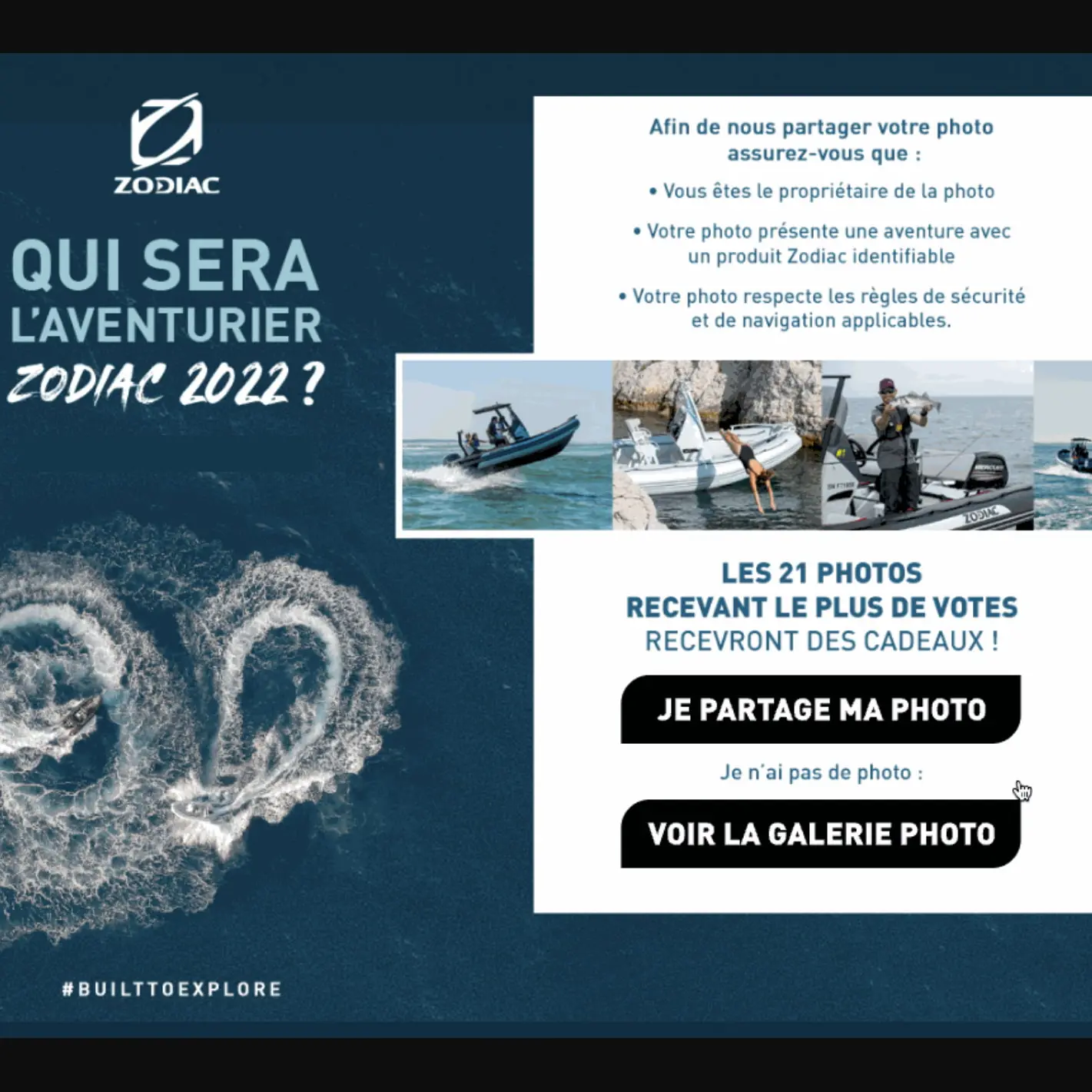
Data at the heart of your strategy
The data from your gaming campaign will then enable you to identify which products should be promoted to which consumers as a priority. Send them personalised incentives such as discount vouchers or money-back offers to strengthen your relationship marketing. All the more reason to boost conversion rates!
The marketing game supports your product promotion strategy at every stage, with a focus on customer proximity:
- Increase & reinforce awareness of your product to make it better known
- Increased visibility on point-of-sale shelves and e-commerce sites
- Have the user try out your product
- Increase the frequency of product purchases and build consumer loyalty


